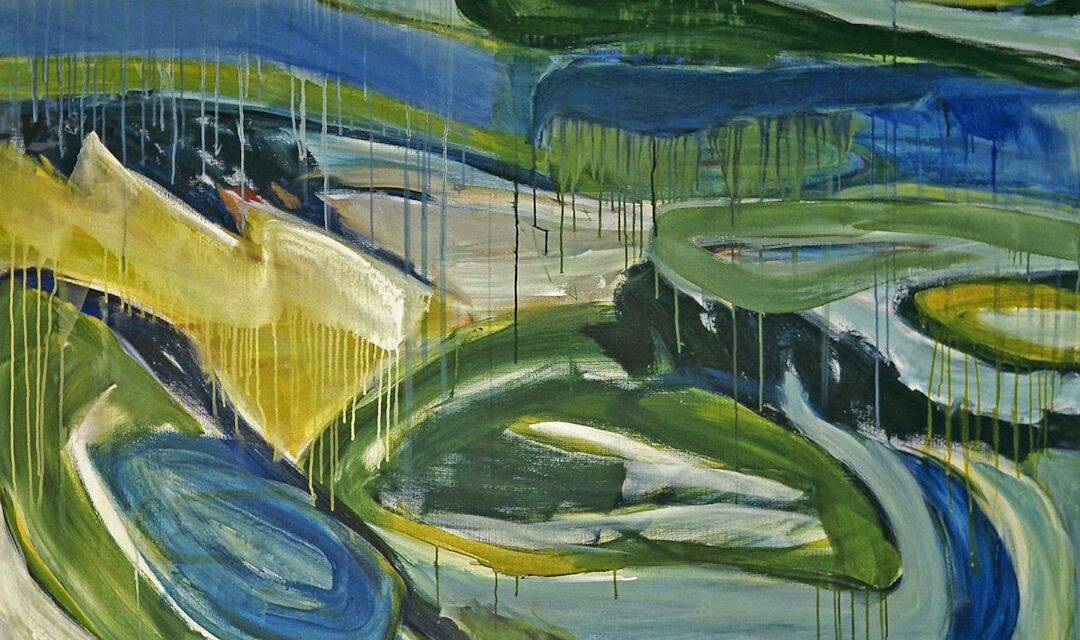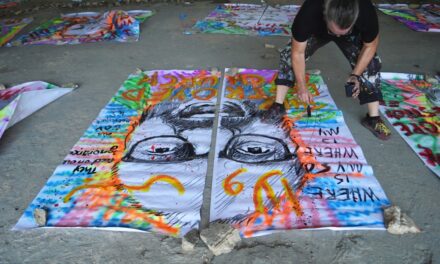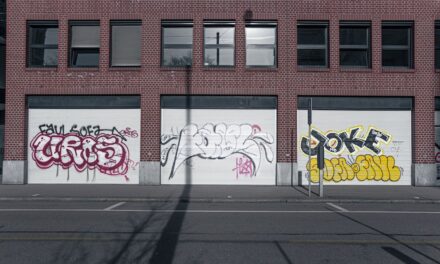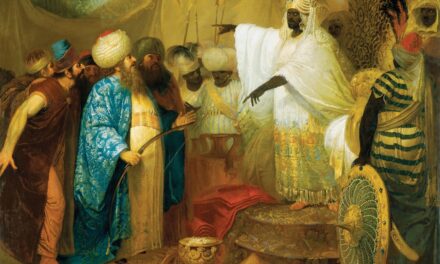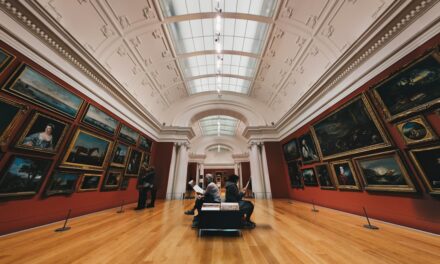Titian, born Tiziano Vecellio, entered the world in Pieve di Cadore, a small town in the Republic of Venice, circa 1488. Whilst details of his early life remain scarce, it is thought that he received his initial training from the mosaicist Sebastiano Zuccato. Subsequently, he relocated to Venice to study under the esteemed painter Giovanni Bellini, a leading figure in the Venetian Renaissance.
Under Bellini’s guidance, Titian honed his skills and began to establish himself as a talented artist. Following Bellini’s passing, Titian continued his tutelage under Giorgione, another prominent Venetian painter. Giorgione’s influence on Titian’s work was considerable, and the two artists developed a close friendship and collaboration.
During this period, Titian began to cultivate his own distinctive style, characterised by bold brushwork, rich colours, and an emphasis on capturing the emotional depth of his subjects. This formative period of training and collaboration laid the groundwork for Titian’s ascent to prominence as one of the foremost painters of the Venetian Renaissance.
Summary
- Titian was born in the Republic of Venice and trained under the renowned painter Giovanni Bellini.
- He rose to prominence as a leading artist in Venice, gaining the patronage of important figures such as the Duke of Urbino and the King of Spain.
- Titian’s style was characterised by bold brushwork, rich colours, and a focus on capturing the emotional depth of his subjects.
- His influential patrons allowed him to have a significant impact on the development of Venetian art and the wider European art world.
- Some of Titian’s major works include “Bacchus and Ariadne”, “Venus of Urbino”, and “The Assumption of the Virgin”, and his themes often revolved around mythology, religion, and portraiture.
- Titian’s legacy and impact on later artists can be seen in the work of painters such as Rubens, Velázquez, and Rembrandt, who were inspired by his innovative techniques and emotive storytelling.
Rise to Prominence
Early Success and Recognition
His reputation continued to grow as he received commissions from prominent religious institutions and wealthy patrons, including the Duke of Urbino and the Gonzaga family.
Innovative Techniques and Artistic Vision
One of the key factors in Titian’s rise to prominence was his ability to adapt and innovate within the rapidly changing artistic landscape of the Renaissance. He embraced new techniques and materials, such as oil paint on canvas, which allowed him to create more dynamic and expressive works. His ability to capture the human form with a sense of naturalism and emotion set him apart from his contemporaries and solidified his reputation as a master painter.
Cementing His Legacy
By the mid-16th century, Titian had become the official painter of the Venetian Republic, cementing his status as one of the most sought-after artists in Europe.
Titian’s Style and Techniques

Titian’s style and techniques are characterized by his use of vibrant colours, bold brushwork, and a focus on capturing the emotional depth of his subjects. He was known for his ability to create rich, luminous tones and subtle transitions between light and shadow, which gave his paintings a sense of depth and realism. His use of chiaroscuro, or the contrast between light and dark, added drama and intensity to his works, creating a sense of movement and emotion.
In terms of technique, Titian was a master of composition and perspective, using these elements to create dynamic and engaging scenes. He often depicted mythological and religious subjects with a sense of naturalism and humanity, bringing a new level of emotional depth to traditional themes. His use of loose brushwork and bold, expressive gestures added a sense of energy and movement to his paintings, creating a dynamic visual experience for the viewer.
Patronage and Influence
Titian’s success as an artist was closely tied to his ability to secure patronage from powerful figures in Venice and beyond. His patrons included members of the Venetian nobility, as well as prominent religious institutions and rulers from other Italian city-states. This patronage allowed Titian to create some of his most iconic works, including portraits of Emperor Charles V and Pope Paul III, as well as religious paintings for churches and cathedrals across Italy.
In addition to his patrons, Titian also had a significant influence on other artists of the time. His innovative use of colour, composition, and brushwork inspired a new generation of painters, including Peter Paul Rubens and Diego Velázquez. His ability to capture the human form with a sense of naturalism and emotion set a new standard for portraiture and figure painting, influencing artists for centuries to come.
Major Works and Themes
Titian’s body of work is vast and varied, encompassing religious paintings, mythological scenes, portraits, and landscapes. Some of his most famous works include “Bacchus and Ariadne,” “Venus of Urbino,” “Assumption of the Virgin,” and “The Rape of Europa.” These paintings showcase Titian’s mastery of colour, composition, and emotion, as well as his ability to capture the human form with a sense of naturalism and vitality. One of the recurring themes in Titian’s work is the exploration of human emotion and experience.
Whether depicting mythological figures or religious scenes, he had a unique ability to convey the complexity of human emotions through his use of colour, gesture, and expression. His portraits, in particular, are celebrated for their ability to capture the personality and inner life of the sitter, creating a sense of intimacy and immediacy for the viewer.
Legacy and Impact

Influence on Artistic Expression
His artistic innovations not only raised the bar for his contemporaries but also paved the way for future generations of artists. Titian’s masterpieces continue to inspire and awe art lovers to this day, solidifying his position as a true master of his craft.
Impact on Venetian Culture and Society
In addition to his artistic legacy, Titian’s impact on Venetian culture and society was significant. His ability to secure patronage from powerful figures helped elevate the status of artists in Venice, leading to a greater appreciation for the arts within Italian society.
Enduring Legacy
His works continue to be celebrated and studied today, serving as an enduring testament to his talent and influence. Titian’s legacy is a reminder of the power of art to transcend time and inspire future generations.
Titian’s Influence on Later Artists
Titian’s influence on later artists can be seen in the work of painters across Europe and throughout history. His innovative use of colour, composition, and brushwork inspired a new generation of artists who sought to capture the natural world with greater depth and emotion. One such artist was Peter Paul Rubens, whose dynamic compositions and expressive use of colour were directly influenced by Titian’s work.
In Spain, Titian’s influence can be seen in the paintings of Diego Velázquez, who admired Titian’s ability to capture the human form with a sense of naturalism and vitality. Velázquez’s use of light and shadow, as well as his ability to convey emotion through gesture and expression, can be traced back to Titian’s innovative techniques. Even in more recent times, artists such as Édouard Manet and Edgar Degas were inspired by Titian’s use of colour and composition.
Manet’s bold brushwork and vibrant palette were influenced by Titian’s dynamic style, while Degas’ ability to capture movement and emotion in his figure paintings can be linked back to Titian’s innovative approach. In conclusion, Titian’s impact on later artists is far-reaching and enduring. His innovative techniques and expressive style continue to inspire painters across generations, making him one of the most influential figures in the history of Western art.
If you are interested in learning more about art movements, you may want to check out an article on Thinkofart.com about Impressionism. This article explores the origins and characteristics of the Impressionist movement, which was a significant influence on the work of artists like Titian. You can read the article here.
FAQs
Who was Titian?
Titian, born Tiziano Vecellio, was an Italian painter during the Renaissance period. He was born in Pieve di Cadore, Republic of Venice, around 1488/1490 and died in Venice on August 27, 1576.
What is Titian known for?
Titian is known for his mastery of colour, composition, and brushwork. He was one of the most versatile of Italian painters, equally adept with portraits, landscape backgrounds, and mythological and religious subjects.
What are some of Titian’s most famous works?
Some of Titian’s most famous works include “Bacchus and Ariadne,” “Venus of Urbino,” “Diana and Actaeon,” and “Assumption of the Virgin.”
What was Titian’s artistic style?
Titian’s artistic style evolved over his long career, but he is best known for his use of vibrant colours, bold brushwork, and a focus on capturing the emotional and psychological depth of his subjects.
What was Titian’s influence on art?
Titian’s influence on art was significant, particularly in the development of the Venetian school of painting. His use of colour and brushwork had a profound impact on subsequent generations of artists, including the likes of Rubens, Velázquez, and Rembrandt.
